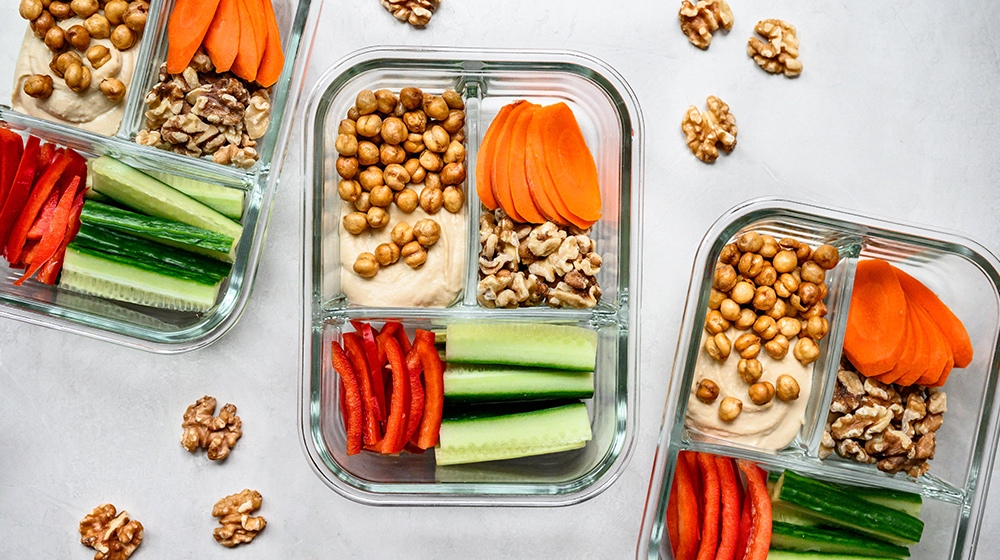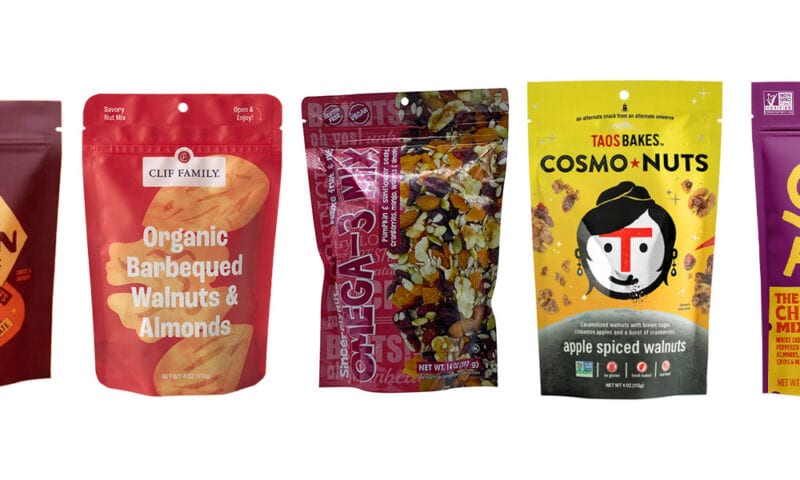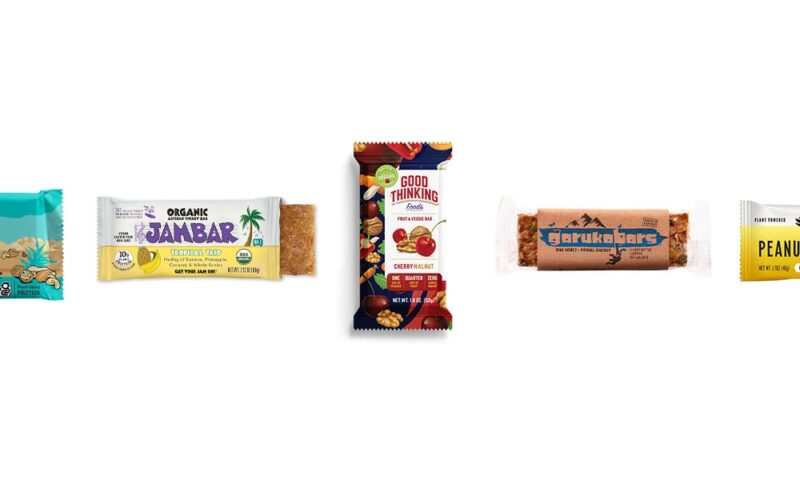
Plant protein continues to grow in popularity according to the 2020 International Food Information Council (IFIC) Food & Health Survey. More than a quarter of respondents (28%) shared they’ve eaten more protein from plant sources in the past year1. If you’re looking for a simple, satisfying plant-based protein choice, walnuts are an excellent option.
In terms of protein, you may have heard the terms “complete protein” and “incomplete protein” used in relation to animal versus plant-based sources. Ever wonder what that means? Let’s break it down.
What is the difference between a “complete” and “incomplete” protein?
According to the Food and Drug Administration (FDA), animal foods (i.e., dairy products, eggs, meats, poultry, seafood) and soy are “complete” proteins, defined as a food that contains the nine essential amino acids in “adequate and consistent amounts.” Plant foods (i.e., beans, grains, nuts), with the exception of soy, are considered “incomplete” proteins because they may contain all of the essential amino acids, but the amounts vary.So, how do walnuts fit into this protein discussion?
Consuming different types of protein is easy and provides variety while meeting daily nutrient recommendations. Walnuts contain all nine essential amino acids (in varying degrees) and provide four grams of protein per ounce. According to the 2020 Dietary Guidelines for Americans (DGA) Committee Scientific Report2, recommended intakes of protein foods range from 2 to 7 oz equivalent/day, depending upon calorie level. For more information on what constitutes an “oz equivalent” of protein, visit USDA MyPlate. Per recent national data3, the mean intake of protein foods is within the range of recommended amounts for most age groups, except females ages 12 to 19 years and age 70 years and older. Of note, the Committee2 also reported, “Nuts and seeds contribute more to protein foods in the diets of adults (0.8 oz eq/day) than do eggs (0.6 oz eq/day), though statistical testing was not done.” Recommended protein choices include seafood, lean meats, poultry, eggs, soy products, legumes (beans and peas), nuts and seeds.Incorporate walnuts (a delicious plant protein) into your diet with these fun recipes!
- Power Up with Plants Protein Box: This simple protein box is the perfect no-cook snack option. Toasted walnuts, hummus and roasted chickpeas offer filling protein, while fresh carrot chips, bell pepper strips and sliced cucumbers are perfect for dipping.
- Walnut “Chorizo” Tacos: Walnut chorizo “meat” is the base for these spicy tacos. Topped with pickled jalapeño peppers and radishes and finished with a squeeze of lime, these are a fresh take on traditional meat tacos.
- Walnut and Fruit Energy Bites: This snack is loaded with crunchy walnuts, dates and dried cranberries, making them a perfect before-workout snack.
- International Food Information Council (IFIC). 2020 Food & Health Survey. Retrieved from https://foodinsight.org/wp-content/uploads/2020/06/IFIC-Food-and-Health-Survey-2020.pdf
- Dietary Guidelines Advisory Committee. 2020. Scientific Report of the 2020 Dietary Guidelines Advisory Committee: Advisory Report to the Secretary of Agriculture and the Secretary of Health and Human Services. U.S. Department of Agriculture, Agricultural Research Service, Washington, DC.
- What We Eat in America, NHANES 2015-2016 for average intakes by age-sex group. USDA Healthy U.S.-Style Eating Style recommended intake ranges, which vary based on age, sex, and activity level for recommended intakes. 2015-2020 Dietary Guidelines for Americans.



